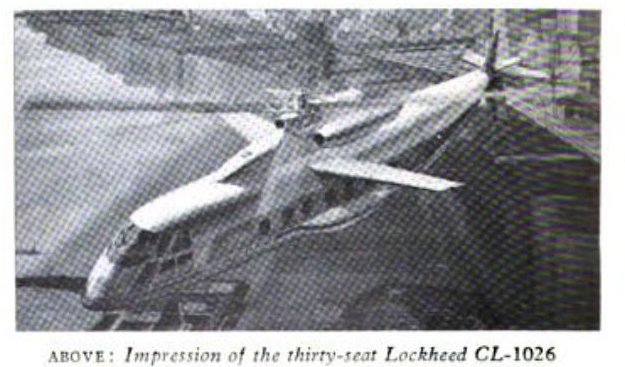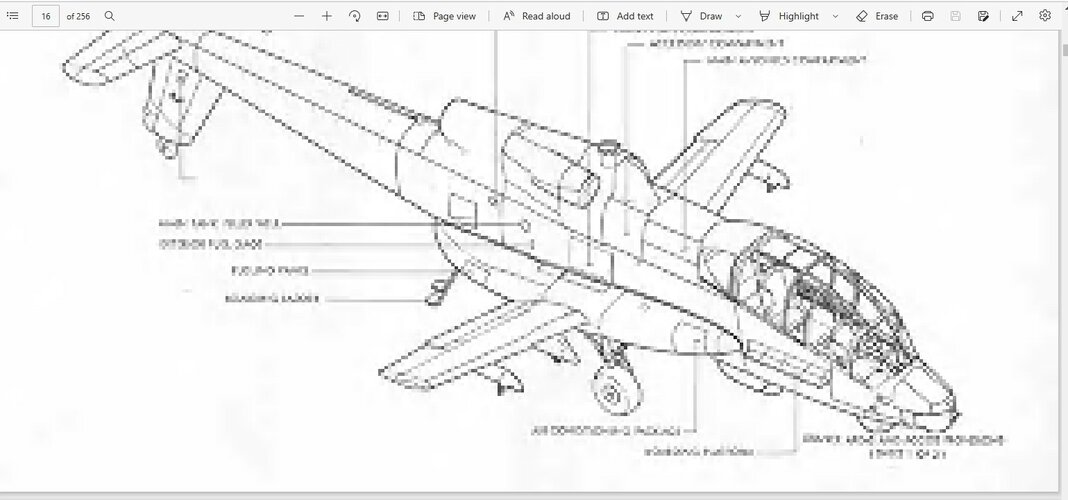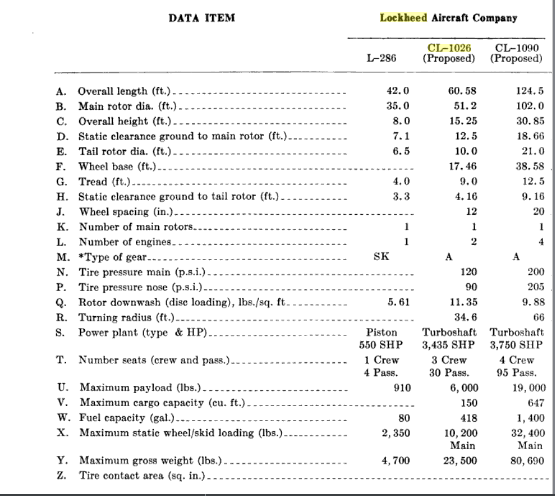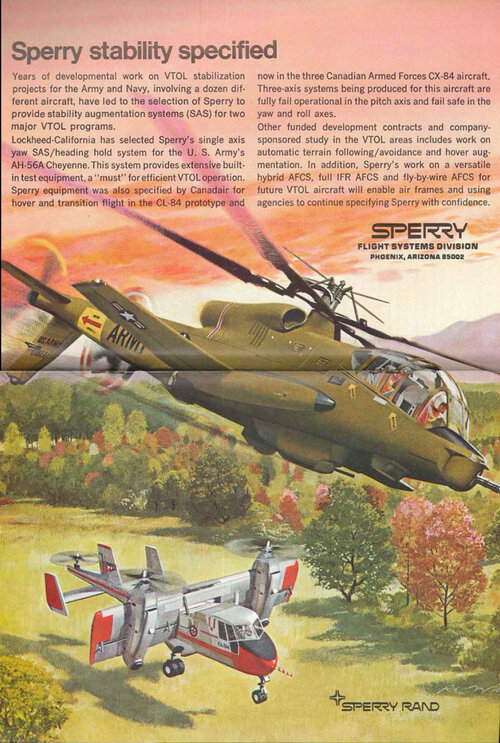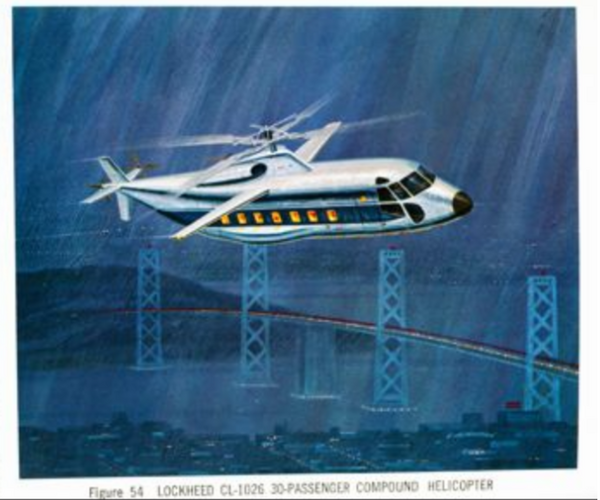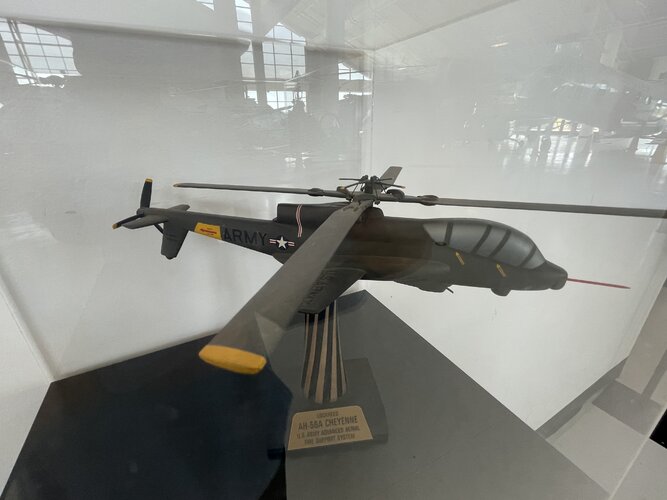Dang ! (frantically adding the OV-1 Mohawk to the above list).
Didn't knew that story. Well it REALLY aggravates the level of insanity of the whole affair.
...in turn, this brings USMC into the mix, and the Harrier in the list... !
(I nearly added the Harrier to the list but erased it - maybe I shouldn't have. Oh boy... !)
Didn't knew that story. Well it REALLY aggravates the level of insanity of the whole affair.
...in turn, this brings USMC into the mix, and the Harrier in the list... !
(I nearly added the Harrier to the list but erased it - maybe I shouldn't have. Oh boy... !)

